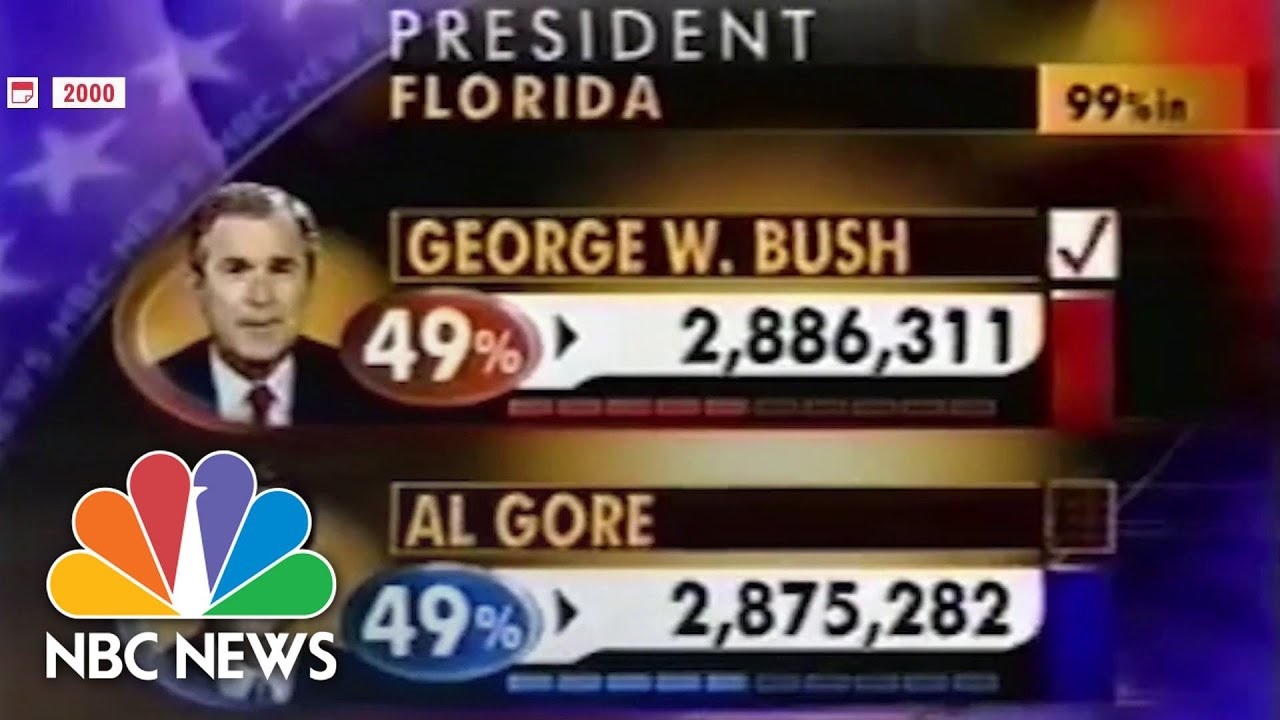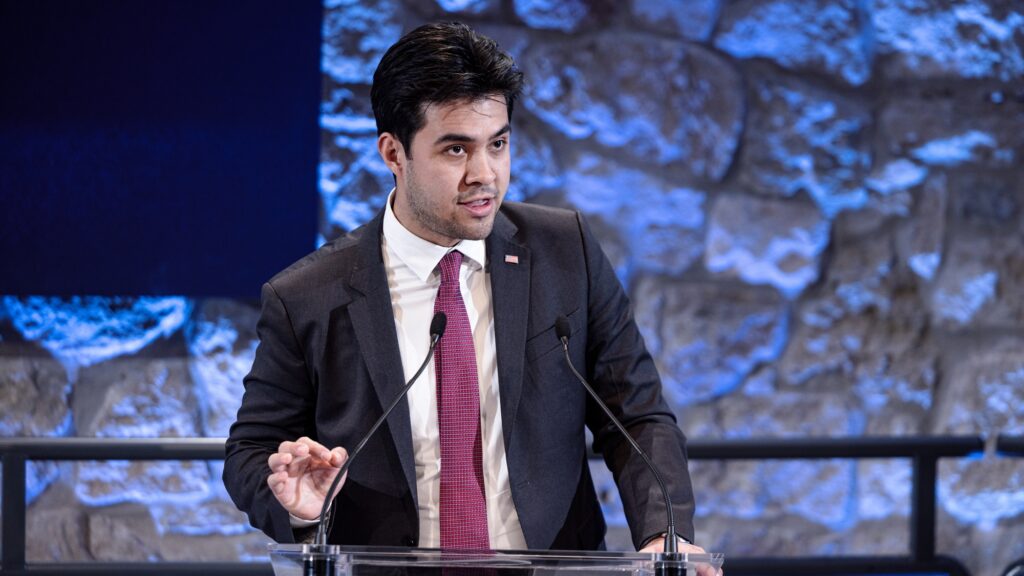The 60th quadrennial presidential election in the United States is in two weeks, about half a month away. As the campaign season is heating up, let’s take a look at the election of 2000, one of the closest in American history, which was decided by just 500 votes in the state of Florida.
With the 2024 election fast approaching, we need to make another big jump in American history. The biggest change since 1984, the last election we covered, is that the Cold War had been won by the West. The Soviet Union was no more, officially dissolving on 26 December 1991, during the presidency of Republican George H W Bush. The United States was now the sole superpower on the geopolitical scene.
Home internet use had also become widespread. The first home internet service was offered in 1989 in the US, but it only became commonly used in average American homes after the release of the Windows 98 operating system in 1998, which came with a default web browser. This, in turn, led to the so-called ‘dot-com boom’, when companies that had anything to do with the internet started to draw huge sums of investment, many of them well before they even got close to profitability. This eventually turned into the dot-com bubble. The NASDAQ composite index, comprising mostly high-cap tech companies, lost 78 per cent of its value between the bubble burst in March 2000 and October 2002.
Republicans won the majority in the House of Representatives for the first time in 42 years in the ‘Republican Revolution’, the 1994 midterm election. By then, it was Democrat Bill Clinton who was in the White House. The Democrats decided to get back to their Southern roots. Clinton was the Governor of Arkansas, and he chose Tennesse Senator Al Gore as his Vice President.
The GOP held onto the House until 2006 this time. They used their majority in the lower chamber of Congress to impeach President Clinton in 1998. The official charges were ‘obstruction of justice’ and ‘abuse of power’ for his efforts to cover up his extramarital affair with White House intern Monica Lewinsky. Clinton became only the second President to be impeached, after Andrew Johnson in 1868.
However, this ended up backfiring on the Republicans, as the Senate did not come even close to convicting him—despite Republicans holding 55 seats in the Senate—, and President Clinton’s approval rating went up afterwards. So, despite the historic impeachment and a couple of other scandals, President Clinton remained very popular among the American people.
His Vice President, Al Gore, cleared the primary field in 2000 with a record 75.8 per cent of the popular vote, which was the highest in American history for a non-incumbent until Donald Trump’s primary victory in 2024. Despite the NASDAQ bubble burst, the Democrats touted the economic success of the Clinton administration. Between 1998 and 2001 the US government ended the fiscal years with surpluses instead of deficits, for the first time since 1969. This has not been achieved since. Al Gore chose Connecticut Senator Joe Lieberman as his VP nominee, the first Jewish man to get on a major party presidential ticket in American history.
Meanwhile, on the Republican side, Texas Governor George W Bush, the son of former President George H W Bush, won himself the nomination in the primaries. He picked former Secretary of Defence Dick Cheney as his running mate. Since both of them were registered to vote in Texas, Cheney had to change his voting registration back to his old residency in Wyoming, the least populous state in the Union, otherwise the Republicans would have had to forfeit the electoral votes in Texas, as per the Constitution. Governor Bush promised tax cuts in his campaign, and criticized the Democrats for being too interventionists in their foreign policy.
However, the real drama did not come during the campaign, rather, after the ballots had been cast in this election.
The crucial swing state of Florida, which had 25 electoral votes at the time, was originally called for Vice President Gore by TV networks. However, as the night went on, they were forced to pull back their projection, as Governor Bush rapidly caught up in the vote count.
Election Night 2000 in 5 minutes
Crazy night!
When all the votes were finally counted in Florida, including overseas military ballots, Bush was up by around 900 votes, which would have put him over 270 electoral votes. However, the extremely small difference triggered a recount, mandated by Florida law, which ended up showing a victory for the Republican nominee by just 327 votes. Gore, who once called Bush to concede the election, had taken back that concession and was now fighting Bush in court, demanding yet another recount.
Florida officials granted Gore’s request for a manual recount in four select counties. However, in the famous case of Bush v Gore, the United States Supreme Court ordered that the recount be stopped due to its violation of the equal protection clause of the Constitution. Thus, George W Bush won the state. The official final result showed him getting 537 more votes than Gore, an incredible margin of just 0.009 points (!).
Bush had a very narrow victory in the Electoral College as well, getting 271 votes, just one vote more than the minimum 270 needed to win the presidency. He also lost the popular vote by 0.5 points, getting 47.9 per cent against Gore’s 48.4 per cent.
'The official final result showed him getting 537 more votes than Gore, an incredible margin of just 0.009 points'
By mid-December,Vice President Gore also came to terms with the result, and issued a public concession to now President-elect Bush. Since the Vice President also presides over the Senate, Gore had the ‘pleasure’ of certifying his own bitter election loss in Congress.
Evidently, the extremely tight election did not sit well with the Democratic voter base either. Some blamed Green Party candidate Ralph Nader for the loss, who took 2.7 per cent of the popular vote for himself; while others blamed the confusingly laid out so-called ‘butterfly ballots’ in Florida for VP Gore’s eventual defeat.
Either way, George W Bush became the 43rd president of the United States. He is only one of two Presidents of the United States to have their fathers also serve in the same office, the other being John Quincy Adams and his father John Adams.
Related articles:







